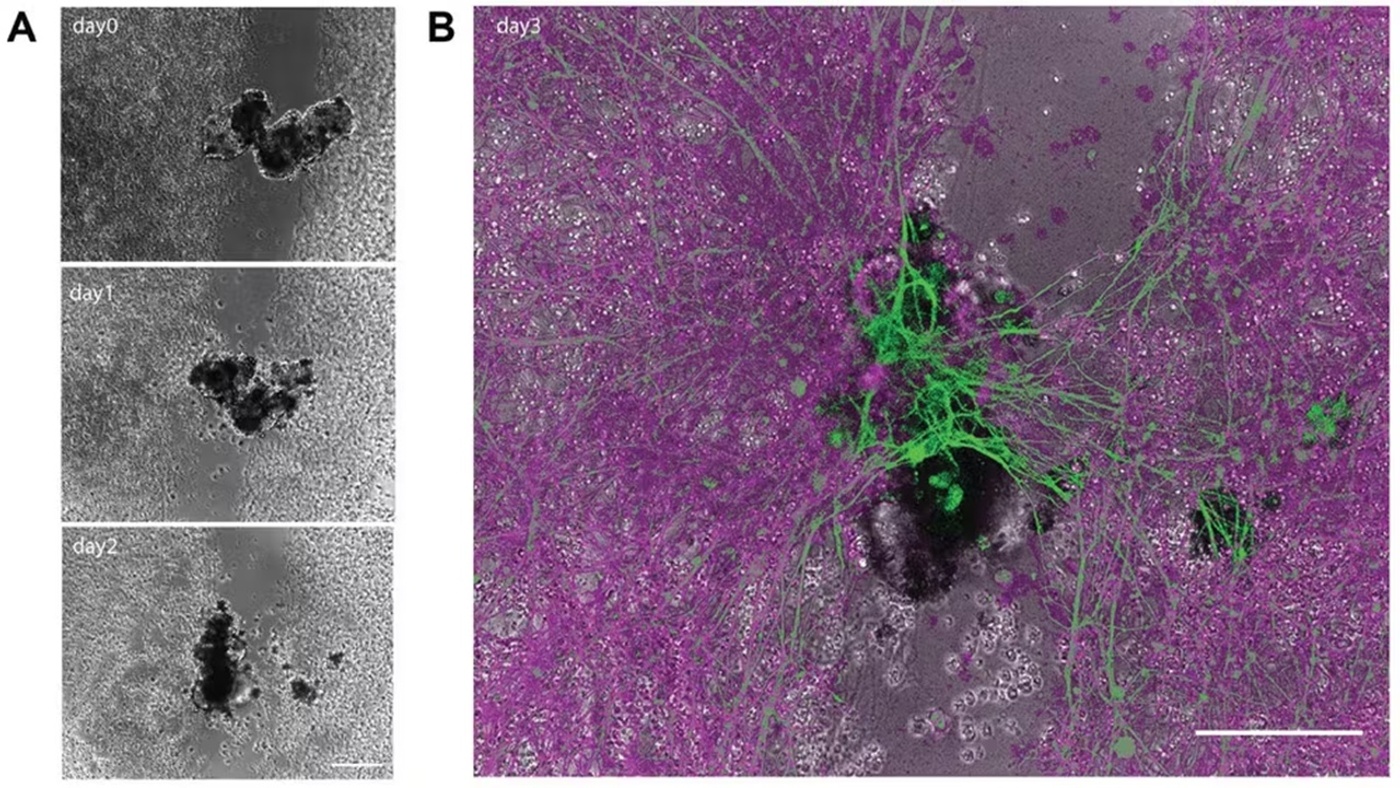Traditionally, the boundaries between life and death have been clearly defined. However, recent scientific advances show that these boundaries are actually much more permeable than we expected. Scientists have identified a condition where post-mortem cells can remain active and transform into new multicellular life forms, which they have termed a ‘third state’. This discovery reveals that life does not end with death, but can continue in different forms.
This new state was further clarified through experiments on dead frog embryos. Researchers discovered that skin cells taken from these embryos could transform into new multicellular organisms called ‘xenobots’ in a laboratory setting. These xenobots can use cilia-like structures, similar to those used in frog mucus movement, to facilitate their own movement. This demonstrates that cells can reorganize and gain new functions even after death under certain stimuli.
The Idea of Life Continuing After Death is Strengthened

Similarly, ‘antrobots’ derived from human lung cells also possess movement capabilities. These miniature organisms can navigate their environment while also repairing themselves and surrounding damaged neural cells. This provides significant clues about the adaptive capabilities of cells and their post-mortem potential.
This ‘third state’ opens new doors not only in biological terms but also for medical applications. For instance, antrobots could be used in functions such as repairing damaged tissues or transporting medications. This has the potential to revolutionize treatment in challenging medical conditions.
Are the Boundaries of Life and Death Being Redefined?
Scientists with this new discovery provide a new understanding that the boundaries of life can be redefined and that cells can remain active even after the post-mortem period. This situation could change the scientific definitions of life and death and lead to the emergence of new theories about post-mortem biological functionality.
In conclusion, this discovery of a ‘third state’ strengthens the idea that life can continue in another form where it ends, and is not limited by death. Science, with this new discovery, once again highlights the complexity and flexibility of life and offers new pathways that could shape the future of medicine. What do you think about this topic? How do these new discoveries affect your thoughts on life and death?


